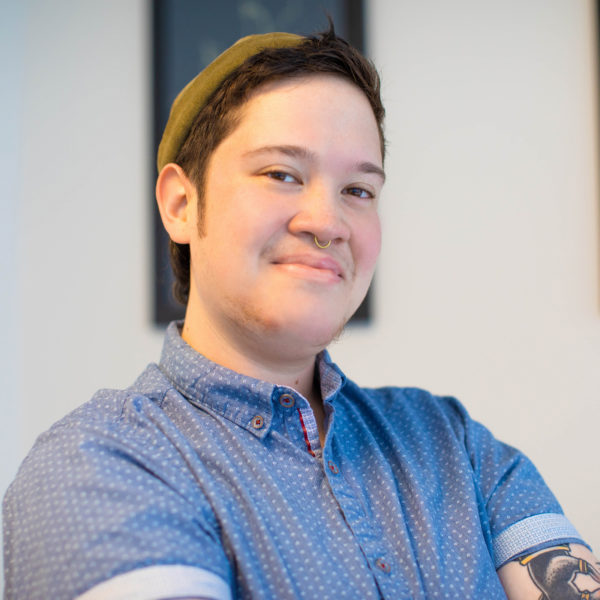Advertisement
In ‘Labored Landscapes,’ Artist Daniela Rivera Reveals Her New Reality
Daniela Rivera describes her immigration to Boston as somewhat accidental.
Born in Santiago, Chile, the visual artist grew up and started her career under the Pinochet dictatorship.
“My first 20 years of life were under a dictatorship in transition,” she says. “I couldn’t recognize anything as abnormal until I was in my teen years and started realizing that things weren’t the way they were supposed to be.”
In 2002, she relocated to Boston for a family matter, not expecting to stay more than a year — then found herself building a new life. But Boston was not the easiest place to land as an emerging artist, she admits.
“I was not used to the New England way of being,” Rivera says with a sly grin. “I actually think there’s something genuine about the way people relate here. If we don’t know each other, you’re not going to be like, ‘Heeey, I love you!’ which is what I was used to. But once you penetrate that person, those are people that stay in your life forever.”
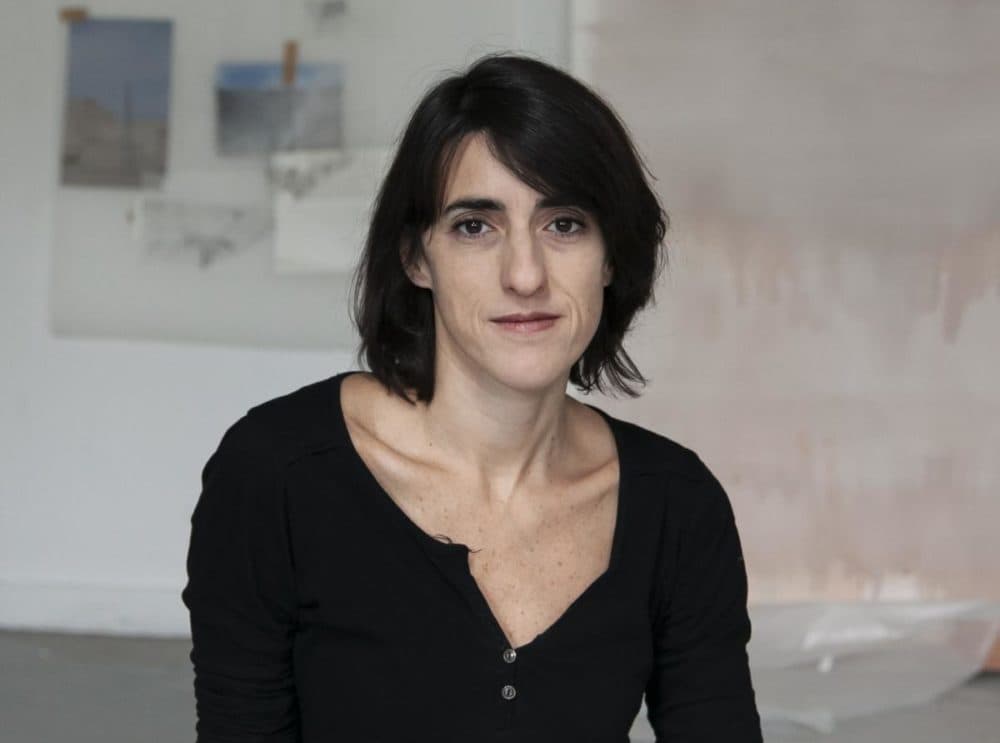
On top of the culture shock, Rivera realized that much of the work she had created in Chile over the past decade just didn’t make sense anymore in the context of her new environment. She struggled to figure out who she was and what she wanted to say as an artist. Suddenly, all of the geographical, political and cultural context she had been surrounded with as a young adult was ripped away.
“It made me realize the distance from my country. Being involved in another cultural reality made me realize that I was just generating images of otherness,” she explains. “I had to make change into something else, where I was able to incorporate whoever comes into the work as a participant rather than as a viewer, as a spectator, as an audience. No. We are working together, making this thing together, we are creating meaning together. And the only way for me to do that was also to expose myself completely in the making of the work.”
In her immersive solo exhibition at the Fitchburg Art Museum, “Labored Landscapes (where hand meets ground),” Rivera does exactly that.
The painter and installation artist is renowned for her large-scale architectural forms and monumental sculptures. You might recall a piece at the Museum of Fine Arts a couple years ago called “The Andes Inverted” that took over a hallway of the contemporary wing. She’s an associate professor of studio art at Wellesley College. This year, Rivera received the deCordova Sculpture Park and Museum’s Rappaport Prize, which is bestowed annually upon a contemporary artist of exemplary talent who has strong ties to New England, and was selected to be part of Now + There’s public art accelerator cohort.
The exhibition at the Fitchburg Art Museum consists of three distinct projects that invite viewers into the new reality she has shaped — manifesting her personal and cultural histories into physical forms and blurring the boundary between art and spectator.
“All of the pieces in some way are about transit, margins, displacement and distance,” Rivera says. ”It exists between languages.”
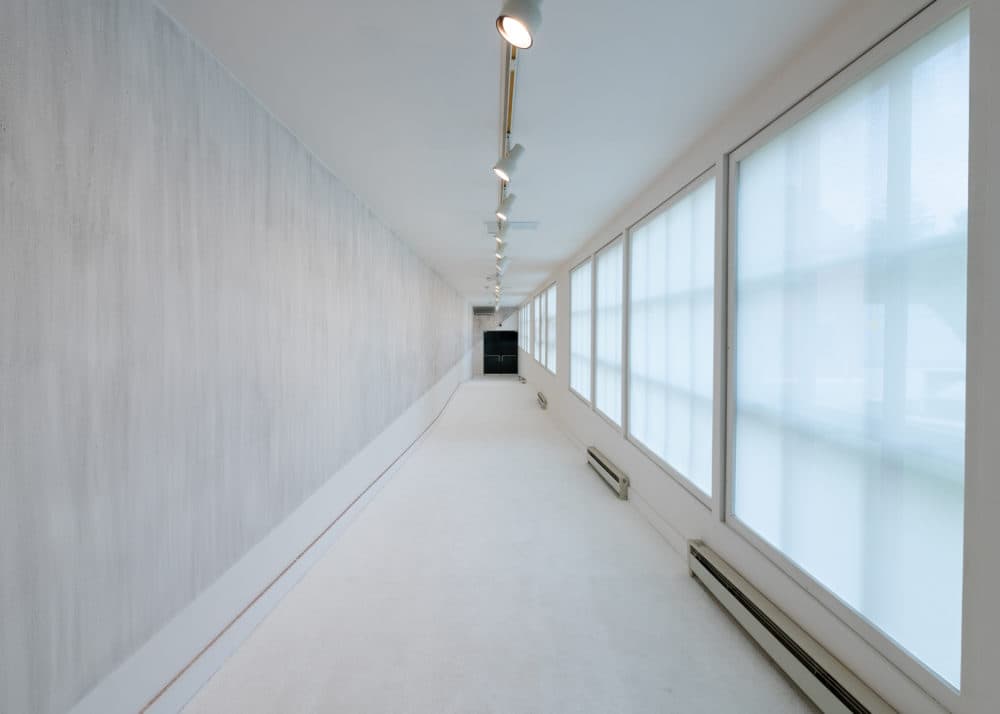
Each of the installations tells the story of a particular moment, while echoing the "decentering" that Rivera has felt as she refactored her relationship to her home country. Commanding the first gallery space is “Tilted Heritage,” a massive structure of canvas tilted just enough for someone to slip inside. From the outside, the viewer can only see the backs of its stretched canvas framework. Yet its interior walls are covered in layers of ash — a reminder of the fire that ravaged Valparaiso, Chile, in 2014, burning miles of hills to the ground and displacing thousands of people. The structure is tilted at an angle that could give people who enter a sense of vertigo. It’s a quiet echo of the pain Rivera felt watching her home country burn, or suffer the 2010 earthquake, from afar.
“I was sleeping. I had no idea that my family was horrified, terrified,” Rivera says of the earthquake. “I’m not part of that history and I didn’t share that memory with the people I love the most.” It’s this feeling of being torn between two places, of the helplessness of uncrossable distance, that’s at the core of the installation.
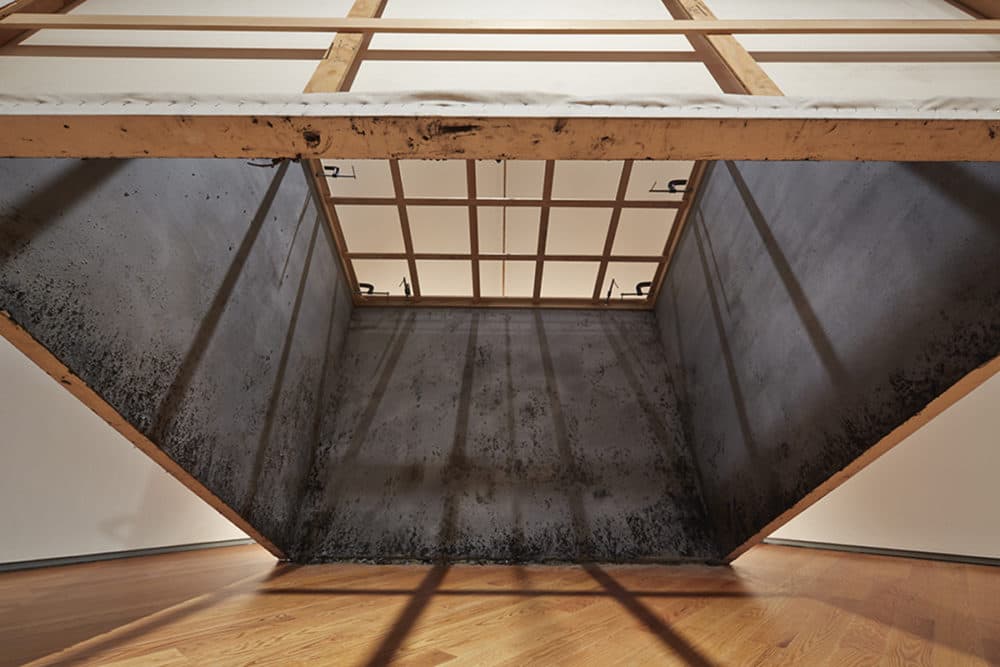
Another piece inspired by place, “White Noise” occupies the museum’s Connector Gallery, a bridge spanning two of the main building spaces. The walls of the gallery are adorned with an optically dynamic illustration that mirrors the slope of the windows. Painstakingly applied line by line in copperpoint, a medium known for its sheen and fine lines, the project took three weeks to install. Its creation process nods to the overarching themes of labor and perspective in the exhibit. And it isn’t complete: the pure white carpet on the floor was intentionally placed so that the footprints of visitors will leave an evolving visual landmark.
The final installation consists of large scale paintings of the hands of mother and son miners from Chuquicamata, one of the world’s largest open-pit copper mines. Accompanying the paintings are stills from interviews with the miners, the frame focused on their hands and torsos — upon which Rivera manually etched their spoken words. The paintings magnify the laborers’ hands to breathtaking scale, merging portrait and landscape, speaking to how inextricable one becomes from their physical and spiritual ties to land, community and culture.
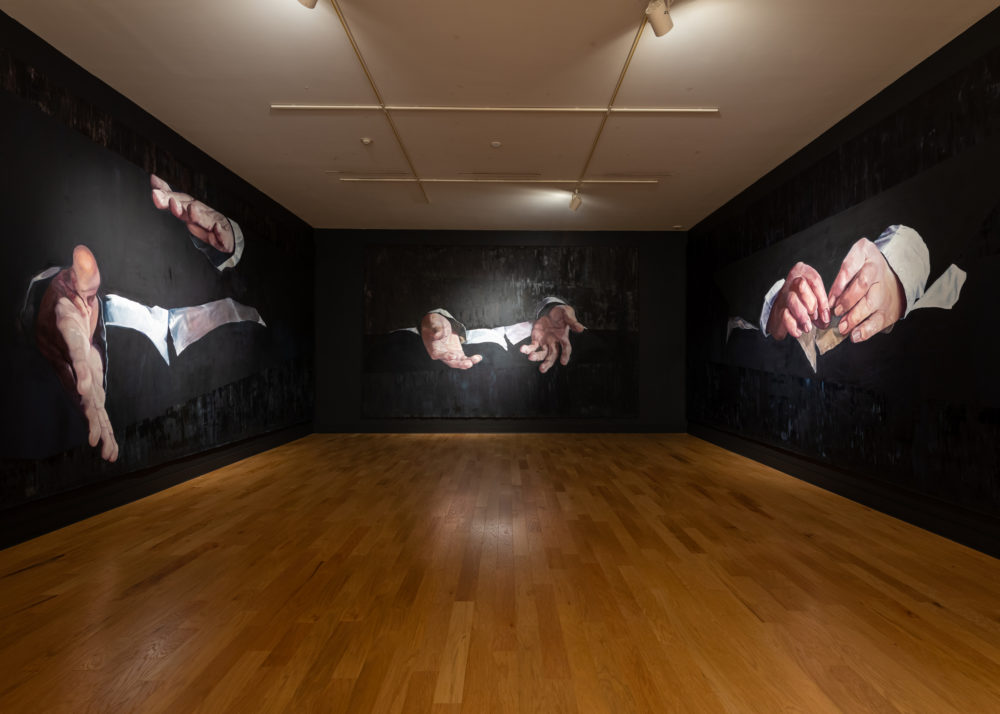
Hands, Rivera explains, are a powerful visual metaphor beyond their reference to physical labor. She turns to them because they symbolize how malleable our realities truly are. However, she’s quick to add that the exploration of her work shouldn’t stop there. What she’s after is making what was once invisible assume tactile, experiential forms.
“My work is never one line,” she says. “When something is impossible to verbalize — memory, experience, all those things you cannot really put into words — that’s when you start resourcing your life, your body language, your expression, you know, to try and comprehend and hold onto something you cannot say.”
Daniela Rivera's "Labored Landscapes" exhibition is up at the Fitchburg Art Museum through Jan. 12, 2020. She'll be speaking at the annual Rappaport Prize lecture on Oct. 23 at 6:30 p.m. at Lincoln Public Schools.
